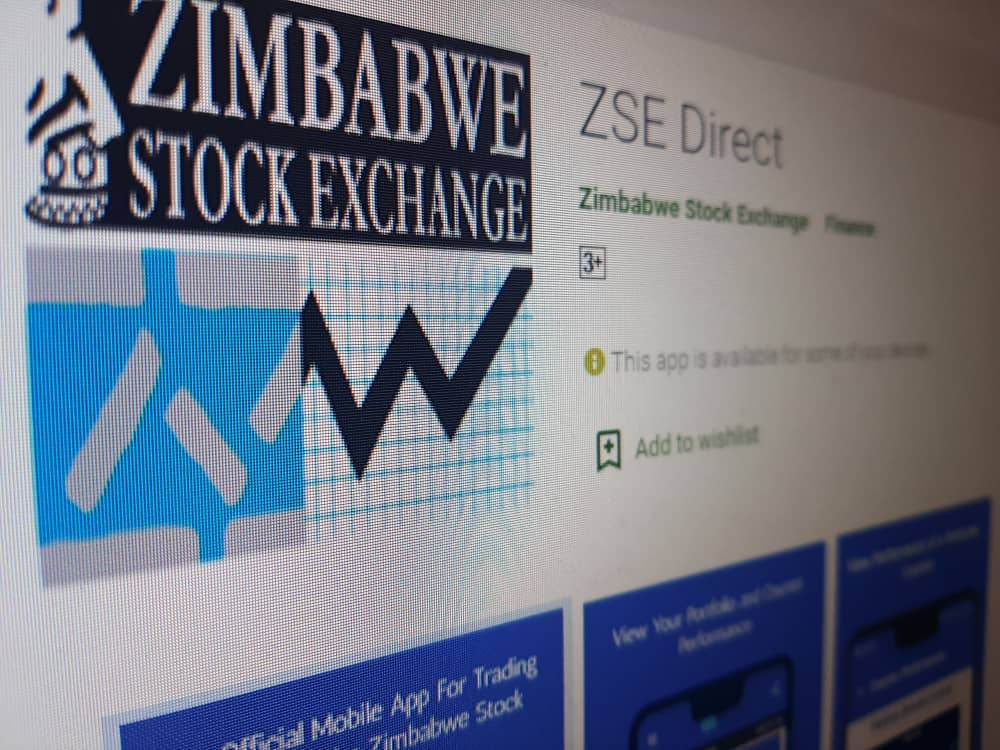If you were wise enough to invest on the Zimbabwe Stock Exchange (ZSE) in 2021 you would have seen a 314.37% growth in the value of your investment. Had you invested in the Johannesburg Stock Exchange you would have seen a return of less than 30% for the same period.
The market capitalisation of the shares of companies listed on the Zimbabwe Stock Exchange grew by 314.37% in 2021. You will remember that market capitalisation refers to the total number of shares multiplied by the price per share. So, market capitalisation represents the valuation investors place on a company.
So the 314.37% growth in market cap indicates growth in value of shares. Simplified, it means investments on the ZSE grew by an average of that amount.
The ZSE market cap was ZWL$317.88bn in December 2020 but had grown to ZWL$1 317.21 billion at the end of December 2021.
Of course, different companies’ shares performed differently during the year and this is how the main indices did:
- All Share Index – 310.51%
- Top 10 – 307.51%
- Small cap – 3 280.46% (not a typo, the market cap grew by over 30 times)
- Mining – 89.05%
While the small cap index might be more volatile than the other indices, that average return of over 3000% makes one want to follow this index more closely. Even though the index has eased by 5% since the turn of the year. Such is the volatility of the Small Cap Index.
It was not only Zimbabwean investors that enjoyed this ZSE growth. Foreign investors almost doubled their involvement. Net inflows grew from ZWL$5.01 billion to ZWL$9.74 billion. We saw this when we looked at how foreign currency receipts grew in 2021. With the 314% growth, we just might entice more foreign investors to look at the ZSE.
Inflation adjusted return
There is a fly in the ointment – the high inflation rate in Zimbabwe. Inflation works to reduce the value of the ‘profits’ one would have made. So, to find out what the real return from the ZSE was in 2021 we factor in the annual inflation rate of 60.7% we closed December with.
Simplified illustration
Let’s say one invested ZWL$8,500 (which was equivalent to US$100 using auction rate) on the 1st of January 2021. By the end of 2021, the value of that investment would have been ZWL$26,721. However, if we factor in the 60.7% inflation, we are left with a closing balance of ZWL$16,628 in real value (which is 26721/1.607).
We could also just take the ZWL$26,721 and determine how many USDs we could get with it on the 31st of December. The auction rate was 1:108 to close the year. So, the $26,271 was worth US$243.25 by the end of the year. So, the guy who bought USDs at the beginning of the year and stuffed them under a pillow was worse of than the guy who purchased stocks on the ZSE.
This tells us that unlike in previous years where the ZSE growth was more or less nullified by the inflation rate, in 2021 investors saw real growth.
With inflation set to fall even further in 2022, even modest growth of the ZSE could shield investors from the fall in value of the Zimdollar. So, it might be time for us all to consider investing on the ZSE.

What’s your take?